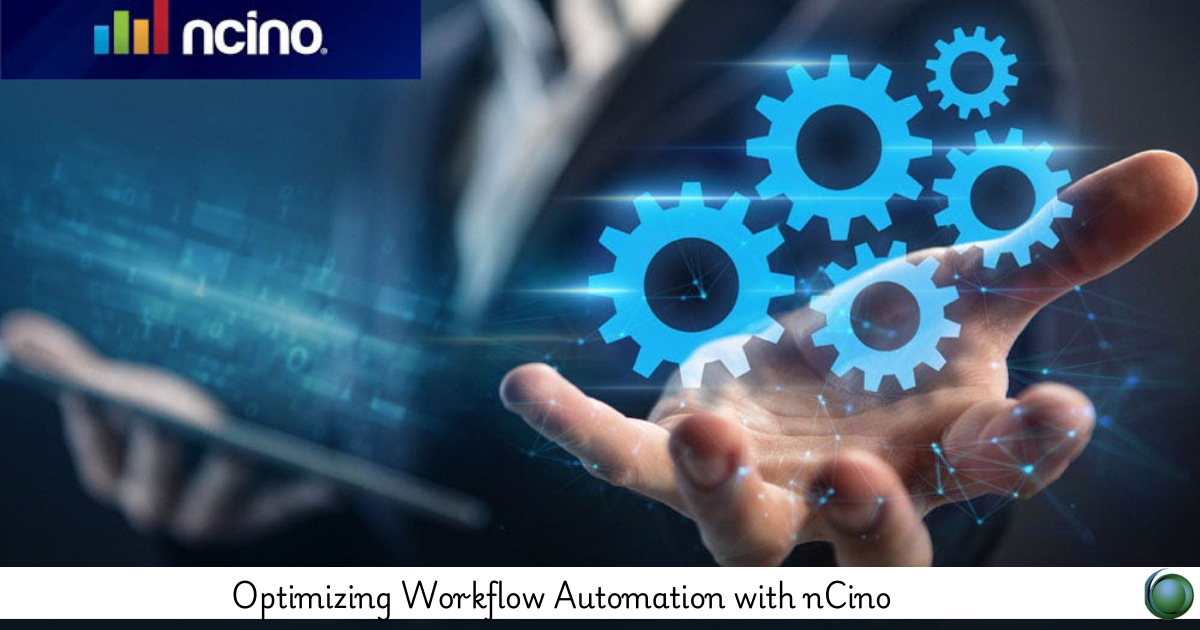Description
Introduction
Financial institutions rely on workflow automation to enhance efficiency, reduce manual tasks, and improve customer experiences. nCino’s workflow automation capabilities streamline loan origination, compliance, risk management, and operational processes. This training provides IT teams and banking professionals with best practices for configuring, optimizing, and scaling automated workflows within nCino.
Prerequisites
- Basic knowledge of nCino and its core functionalities.
- Familiarity with financial services workflows.
- Experience with Salesforce Flow, Process Builder, or automation tools.
- Understanding of business process management (BPM) principles.
Table of Contents
1. Introduction to nCino Workflow Automation
1.1 Overview of Workflow Automation in Banking
1.2 Understanding nCino’s Process Automation Capabilities
1.3 Benefits of Automating Financial Processes
1.4 Key Considerations for Implementing Automation
2. Designing Automated Workflows in nCino
2.1 Identifying Processes for Automation
2.2 Mapping Business Workflows to nCino Automation Tools
2.3 Defining Approval Processes and Escalations
2.4 Creating Seamless Customer and Employee Experiences
3. Configuring nCino Workflow Automation
3.1 Setting Up Workflow Rules and Triggers
3.2 Automating Task Assignments and Notifications
3.3 Using Process Builder for Multi-Step Workflows
3.4 Leveraging Salesforce Flow for Complex Automation
4. Loan Origination and Servicing Automation
4.1 Streamlining Loan Application and Approval Processes
4.2 Automating Credit and Risk Assessments
4.3 Enhancing Document Collection and Verification
4.4 Reducing Loan Processing Time with AI and Analytics
5. Compliance and Regulatory Automation
5.1 Automating Regulatory Reporting and Audits
5.2 Ensuring Policy Adherence Through Automated Checks
5.3 Managing Risk Alerts and Compliance Workflows
5.4 Securing Data Access and Role-Based Permissions
6. Integration with External Systems
6.1 Connecting nCino Automation with Core Banking Systems
6.2 Leveraging APIs for Third-Party Integrations
6.3 Automating Data Synchronization Across Platforms
6.4 Real-Time Data Sharing and Cross-System Workflows
7. Performance Monitoring and Optimization
7.1 Measuring Workflow Efficiency and Bottlenecks
7.2 Using Analytics to Improve Automation Strategies
7.3 Implementing Continuous Workflow Enhancements
7.4 Scaling Automation for Growing Business Needs
8. Case Studies and Best Practices
8.1 Real-World Examples of nCino Workflow Automation
8.2 Overcoming Common Automation Challenges
8.3 Best Practices for Workflow Design and Maintenance
8.4 Future Trends in Banking Automation
Optimizing workflow automation with nCino enhances operational efficiency, reduces manual processes, and ensures compliance in financial institutions. By leveraging automation tools, integrating with external systems, and continuously refining workflows, businesses can achieve higher productivity and an improved customer experience.







Reviews
There are no reviews yet.